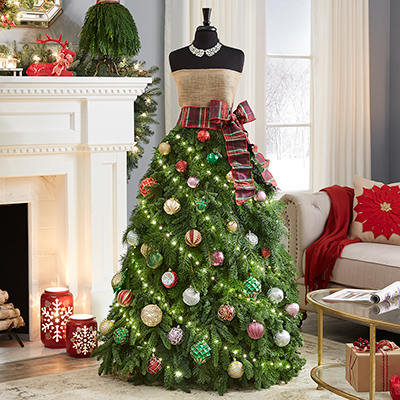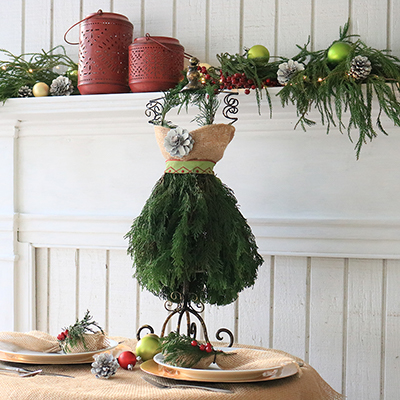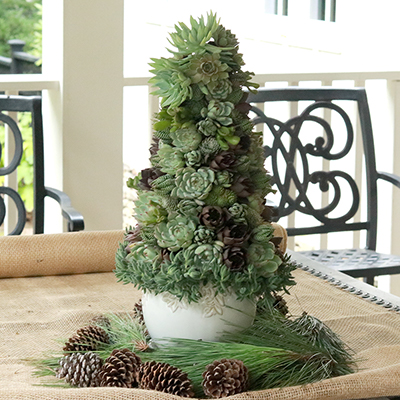How to Care for Poinsettias

Last updated November 13, 2025
More than any other flowers, colorful poinsettias are essential Christmas plants. Along with a Christmas tree and an evergreen wreath, red and green poinsettias bring a festive spirit to your decor.
In this guide, learn the history of poinsettias and how to care for these beautiful plants during the holidays, and after.
Difficulty:
Beginner
Duration:
Under 2 hours
Table of Contents
Choose Poinsettias for Your Home
How to Care for Poinsettias at Christmas
How to Care for Poinsettias After the Holidays
Grow Poinsettias Outside
Know About Poinsettias and Pets
Choose Poinsettias for Your Home

In the U.S., poinsettias are cultivated and sold as annual flowers, but they grow as woody shrubs in their native habitat in southern Mexico and Central America. Because they flower at Christmastime, 17th century Franciscan priests used them in nativity celebrations. The first U.S. ambassador to Mexico, Joel Poinsett, who was a trained botanist, brought the plants to the U.S. and began breeding them. Beginning in the 20th century, more growers bred new colors and marketed the plants for the Christmas season.
The Home Depot sells about 8 million poinsettias each year from Thanksgiving to December 24.
Botanically speaking, poinsettias are in the euphorbia family. The pointed, brightly colored parts of the plant that we call petals are really bracts. The flower is the ring of yellow buds in the center.
Each poinsettia plant starts as a cutting. The plants are green and become red, white, pink and more colors, through water, light and growth regulators.
In the Garden Center, look for colorful poinsettia plants that are healthy and full. Poinsettias typically come in foil-covered nursery pots that will look lovely with your Christmas decor.
Read on to learn how to care for poinsettias at Christmas and after the holidays.
How to Care for Poinsettias at Christmas

Be sure to protect the plants from cold temperatures when bringing them home. Even a few minutes at freezing temperatures can damage plants. Poinsettias thrive in temperatures between 60 and 70 degrees Fahrenheit, and nighttime temps no lower than 55 degrees Fahrenheit. Depending on the weather in your area, you can leave poinsettias outside as long as the temperatures stay above 65 degrees Fahrenheit.
When you bring home poinsettias, give them a drink of water and let the water drain out of the pot. Letting poinsettias sit in water leads to root rot.
Keep poinsettias looking their best when you follow these tips:
- In your home, choose a site with indirect light, like near a window that gets up to six hours of light each day.
- Keep away from drying drafts that come from heating vents and radiators.
- Each plant should be set in a saucer to catch excess water. You can punch holes in the foil wrap before placing the wrapped pot in a saucer.
- Water every 3 to 7 days. Avoid overwatering by checking the moisture level with your fingertips first.
- Use ice cubes to allow the water to slowly absorb. For a 5-inch pot, use five ice cubes, for a 7-inch pot, use seven ice cubes.
- Excess water may drain into the saucer. Be sure to discard this water and do not let plants sit in excess water.
You won’t need to fertilize while the plant is in bloom, but to extend life beyond the holidays, treat poinsettias like houseplants and give them a gentle boost. Fertilize monthly with a water-soluble fertilizer for houseplants.
How to Care for Poinsettias After the Holidays

Keep your poinsettia looking gorgeous by treating it like a houseplant: provide regular watering, empty the saucer when it fills with water, give it plenty of light and regularly fertilize.
Eventually, the poinsettia leaves will drop and the plant will go dormant. You can nurse the plant through the remaining winter months in hopes of planting it outside when the weather warms in spring. Or you can treat it like all annual flowers by composting the plant and returning the nursery pot to the store for recycling.
When the plant goes dormant, trim it back to no more than 6 inches tall. This is a good time to repot it with fresh potting soil and a new nursery pot.
While it’s dormant, water only when the soil feels dry to the touch. As temperatures warm up in spring, you can increase watering and resume a fertilizing schedule.
Grow Poinsettias Outside

You can keep poinsettias alive indoors and plant outdoors in spring when all danger of frost has passed. In the garden, poinsettias thrive in full sun (6 to 8 hours of sunlight), and appreciate protection from harsh afternoon light. Amend the soil with plenty of organic compost for drainage and nourishment.
Planted in USDA hardiness zones 9 to 11, poinsettias will grow into woody shrubs with colored bracts, although probably not as colorful as the original nursery-grown version. To encourage branching, pinch back the tips.
Outside of zones 9 to 11, treat poinsettias as annuals. At the end of a season outside, you can compost them, or pot them up and bring them inside again.
When days get shorter in late summer, cut back on the fertilizer and bring the plant inside. Place the plant in a bright sunny window for at least six hours a day. Nighttime temperatures can be cool at around 60 degrees Fahrenheit. When you notice the flower bracts coloring up, increase the sunlight, reduce the darkness and water more frequently.
Know About Poinsettias and Pets

Despite what you may have heard, stories of poinsettia toxicity for pets are overstated. The milky white sap is an irritant for humans and pets. According to the ASPCA, pets that ingest poinsettia parts may have gastrointestinal irritation, but it’s not as dangerous as many people believe. Still, it’s a good idea to keep plants out of reach of curious pets. If you’re concerned about poisoning, call Poison Control at 800-222-1222.
Whether you need the right planters, seeds or potting soil, The Home Depot delivers online orders when and where you need them.



























